- News
- Reviews
- Bikes
- Components
- Bar tape & grips
- Bottom brackets
- Brake & gear cables
- Brake & STI levers
- Brake pads & spares
- Brakes
- Cassettes & freewheels
- Chains
- Chainsets & chainrings
- Derailleurs - front
- Derailleurs - rear
- Forks
- Gear levers & shifters
- Groupsets
- Handlebars & extensions
- Headsets
- Hubs
- Inner tubes
- Pedals
- Quick releases & skewers
- Saddles
- Seatposts
- Stems
- Wheels
- Tyres
- Tubeless valves
- Accessories
- Accessories - misc
- Computer mounts
- Bags
- Bar ends
- Bike bags & cases
- Bottle cages
- Bottles
- Cameras
- Car racks
- Child seats
- Computers
- Glasses
- GPS units
- Helmets
- Lights - front
- Lights - rear
- Lights - sets
- Locks
- Mirrors
- Mudguards
- Racks
- Pumps & CO2 inflators
- Puncture kits
- Reflectives
- Smart watches
- Stands and racks
- Trailers
- Clothing
- Health, fitness and nutrition
- Tools and workshop
- Miscellaneous
- Buyers Guides
- Features
- Forum
- Recommends
- Podcast
What actually makes a good cycling action camera? A closer look at the DJI Osmo Action 4

This article includes paid promotion on behalf of DJI
It’s safe to say that action cameras have come rather a long way in the last decade or so. Whether you want to strap one to a car, a plane, a small child or your bike, you can now get some quality 4K footage from something about the size of... well, this.
This is the DJI Osmo Action 4 that we’ve just finished reviewing on road.cc, and regularly use for capturing on-bike footage in our videos. It's also a prime example of how the latest action cameras are brilliant for cycling, whether you want to capture your weekend ride antics, some stunning scenery, a high adrenaline moment, or the less good bits of your commute. Let's take a closer look...
What is the DJI Osmo Action 4 camera?
You’ve probably heard of DJI drones or, at the very least, seen some of the stunning videos they can capture. Well, while the Osmo 4 can't fly, it does capture great video footage.
As the name suggests, this is DJI’s fourth generation Osmo action camera, and it was released last year. It can shoot up to 4k footage at 120 frames per second for those all-important slow-mo shots, it has an HDR mode, has a huge field of view and at the end of it you get some great-looking footage (you can see lots of it in the video above).
Our video team like using the Osmo Action 4 because it has simple controls, is easy to fit onto a bike, and is small and light so it isn't in the way while riding. Plus, when you get home to upload your footage, it looks like it’s been shot by someone who actually knows what they’re doing!
The tech
So, what is it that makes this a good action camera for cycling?
Firstly, it can shoot at an aperture of 2.8 with a Field of View (FOV) of 155 degrees, which is the equivalent of about an 11mm lens on a 35mm camera if you prefer to think like that.
It’s a very, very wide angle, which means that you capture everything as you ride along with less distortion. That means that even when you point it in a funny direction, there’s probably still something interesting in the shot.
The biggest difference between the Osmo Action 4 and its predecessor is the CMOS sensor inside. It’s now 90% larger at 1/1.3 inches, but despite the larger sensor, the camera is still compact and weighs 6% less than the third generation.
The sensor is also paired with new low-light image enhancements, so when the light gets sparse, the larger sensor gathers more of it and consequently produces nicer, sharper, less grainy and less noisy images.
The camera is also really easy to use and is fast to boot up. If you see something you need to capture urgently, you can just press the shutter button from power-off and it will turn on and start recording immediately.
The dual touchscreens are easy to use, and you can tell that DJI has refined this product and solved lots of problems. For example, for those times when you can't reach your camera to start/stop it, you can turn on voice activation. We've found this works really well – you can shout at it to 'Start recording' and you're greeted with a reassuring chime to let you know it's heard you and obeyed.
Stabilisation modes
Image stabilisation is an area that has also drastically improved. The Osmo Action 4 has not one, not two, but three different stabilisation modes.
Horizon Balancing is particularly good for cycling. It keeps the horizon flat and locked in your field of view, and will keep things level with up to 45 degrees of swing/tilt each way. This makes cycling footage look smooth, regardless of how much you’re throwing the bike around, or the surface you’re on.
The Rock Steady stabilisation is very impressive too. The UK roads are, erm, not the best... but thankfully they’re not going to ruin the footage, because the camera is sorting it all out, even when you hit bumps and potholes at high speeds.
Magnetic mounts
Everyone’s using magnets for all the cool stuff these days, and DJI is no exception.
The magnetic mount to the camera is very tough. The strong magnets mean the base mount and camera suck themselves together in perfect alignment. With a bit of a push, you're greeted with a reassuring 'click' as the mount's 'teeth' grip into the camera body. This makes it very secure; some metal would have to break or sheer off for the camera to detach.
Despite all this toughness, removing it is simple: press the bottom of the clips and the camera is released easily. This makes moving/mounting/unmounting the camera a half-second job, even with thick winter gloves on.
Audio
The next job of an action camera is to capture sound, because video can only tell half the story. Our reviewer was very impressed by the built-in microphones, and as you'll see in the video, even though Jamie could barely hear Dave shouting at him from behind as he rode into a headwind, the Osmo Action 4 was great at tuning out wind noise.
If you're looking to do more vlog-style videos with the camera, then the Osmo Action 4 also connects directly to DJI Mic 2 via Bluetooth. This enables high-quality sound recording with no need to plug the receiver into the camera body.
Accessories
Buying into the DJI ecosystem gives you access to a huge range of accessories that dramatically ups the usability – and fun – of the camera. We won't go into all the clever and rather self-explanatory mounts, but here is an extra that is worth highlighting.
Top of the list for adrenaline junkies is the Bluetooth GPS Remote Control. This device straps to your wrist or handlebar, and not only starts/stops the recording if the camera's out of reach, but it adds GPS data 10 times per second.
This means in post-production, you can use the DJI app to overlay all the fun metrics like real-time speed, distance covered, inclination and g-forces experienced. Poring over this data can be quite addictive!
Recommended shooting tips
If you’re mounting the Osmo Action 4 to your handlebars, then shoot in 4K/16:9 at 60 frames per second, using the RockSteady feature and opting for a wide field of view (4K/16:9 60fps + RockSteady + Wide FOV). This combination ensures crisp, steady shots with an expansive view of the action.
For some cool slow-motion shots, you’re going to stick with the same settings but increase the frame rate to 120 frames per second, which will guarantee smooth, slow-motion footage (4K/16:9 120fps + RockSteady + Wide FOV). You can save these presets by pressing the QS button and selecting the person icon in the menu.
Editing
The other thing that impressed us with the Osmo Action 4 is DJI’s Mimo app, which is the editing hub and repository of all your footage. It’s intuitive, very responsive and powerful, and from here you can edit the footage and make use of its clever tricks, such as the InvisiStick feature which removes a ‘selfie stick’ from your footage.
AI editing has been in the news quite a lot recently, but you’d be far harder-pressed to see that this footage has been edited compared to 'that' family portrait! It’s effective and looks better than footage of you waving around a massive selfie stick. The unavoidable downside is that it does look like you’re waving an imaginary lightsaber around.
Connection between the app and the camera is a real highlight and the app quickly detects the camera as you turn it on. Additionally, this turns your phone into a wireless monitor with full recording control of the camera. Of course, if you’ve got large amounts of footage to move then you can always connect it via USB-C to a computer.
Should you get one?
So, we’ve talked you through a bunch of features of the Osmo Action 4. Should you buy one? Well, in our regular review we praised the quality of the footage, the compactness and the battery life, plus the bonus of being able to store additional batteries in the DJI battery case. Not only does it store three batteries and charge them simultaneously via a single USB-C, but in times of need, the power can flow the other way. We were able to recharge our phone from the battery pack too, which is pretty nifty.
It’s also highly temperature ambivalent, operating from -20 to +45°C and waterproof up to 18m. That’s straight out of the box too, without a case.
The Osmo Action 4 ticks a lot of boxes. While it would be nice to have built-in GPS and a desktop app as we mentioned in our review, the camera is smaller, the sensor is bigger, the mounts are better, and the footage is superior to its biggest rivals. It also comes in cheaper than most others at £289.
Emily is our track and road racing specialist, having represented Great Britain at the World and European Track Championships. With a National Title up her sleeve, Emily has just completed her Master’s in Sports Psychology at Loughborough University where she raced for Elite Development Team, Loughborough Lightning.
Emily is our go-to for all things training and when not riding or racing bikes, you can find her online shopping or booking flights…the rest of the office is now considering painting their nails to see if that’s the secret to going fast…
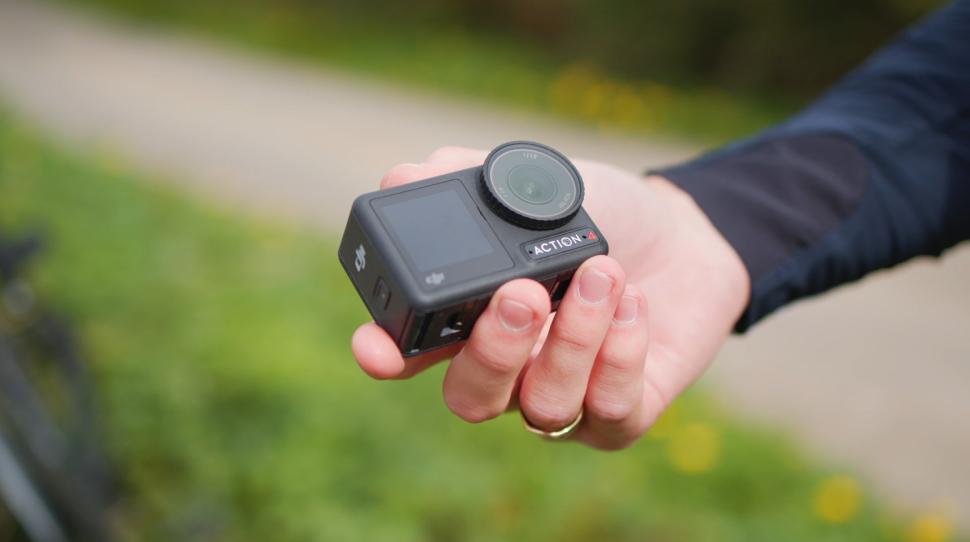
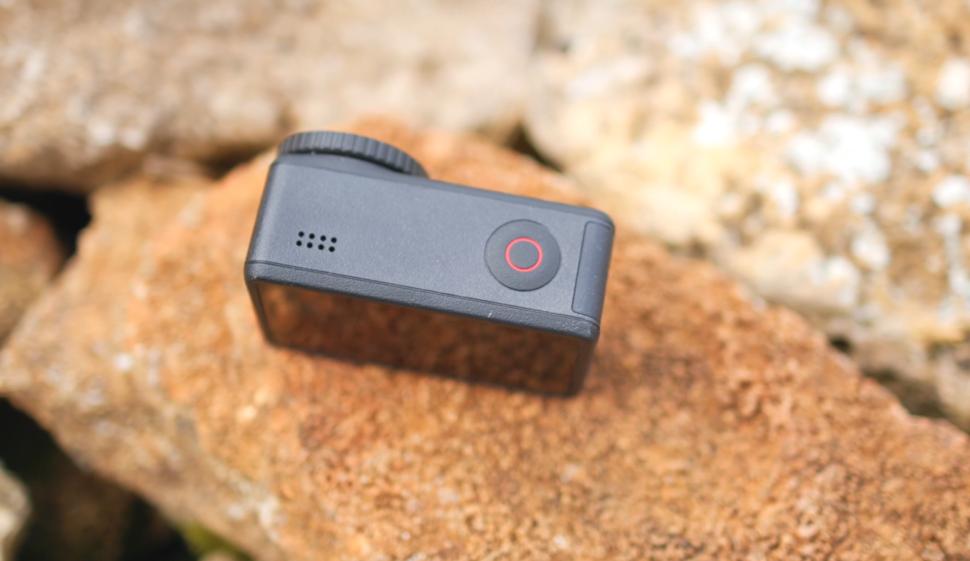
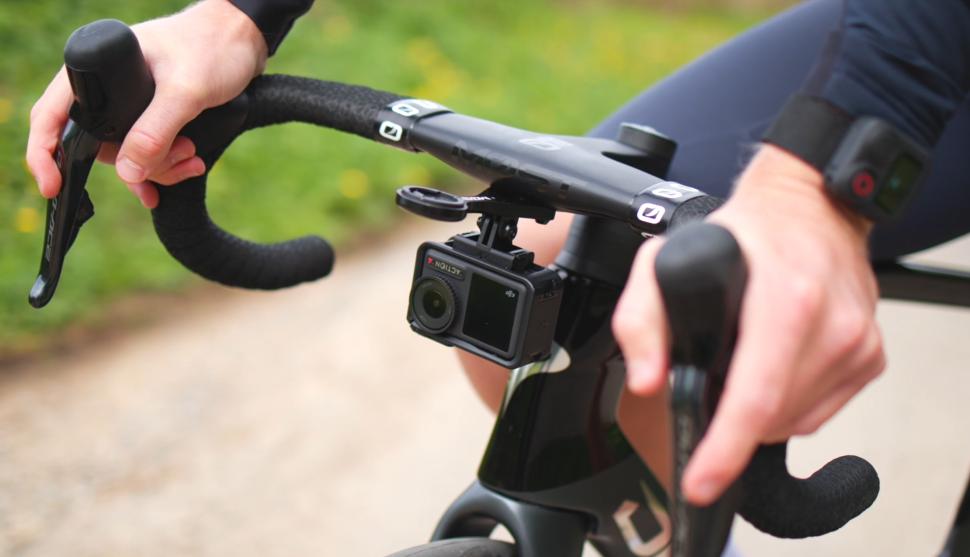


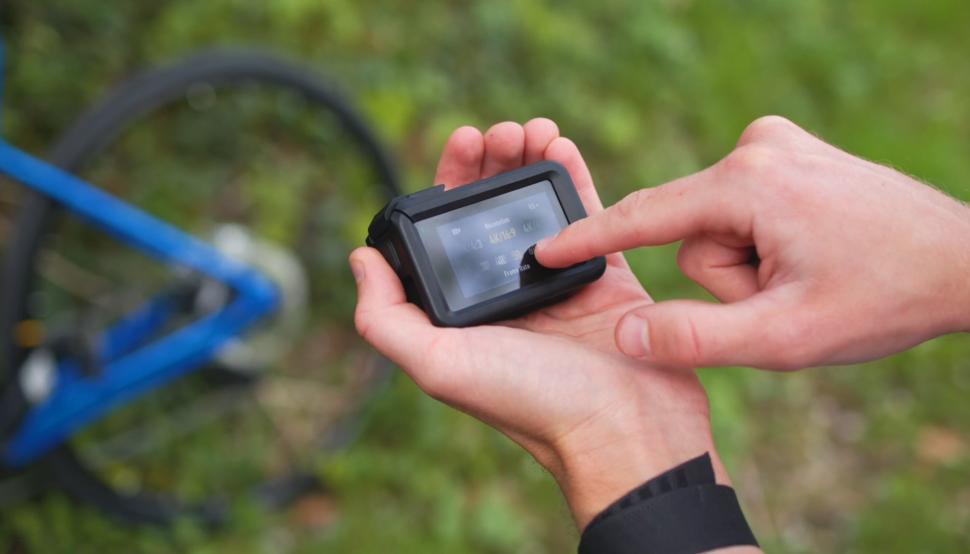
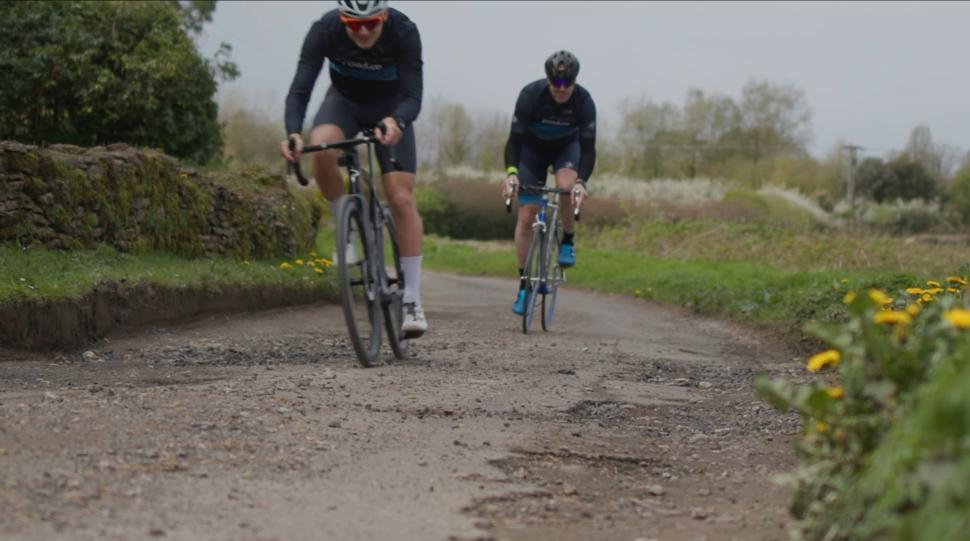
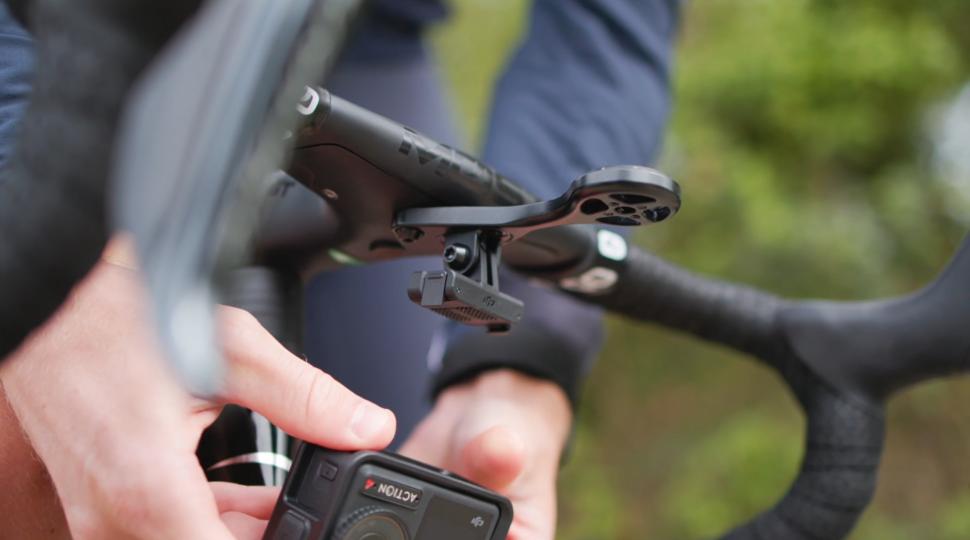

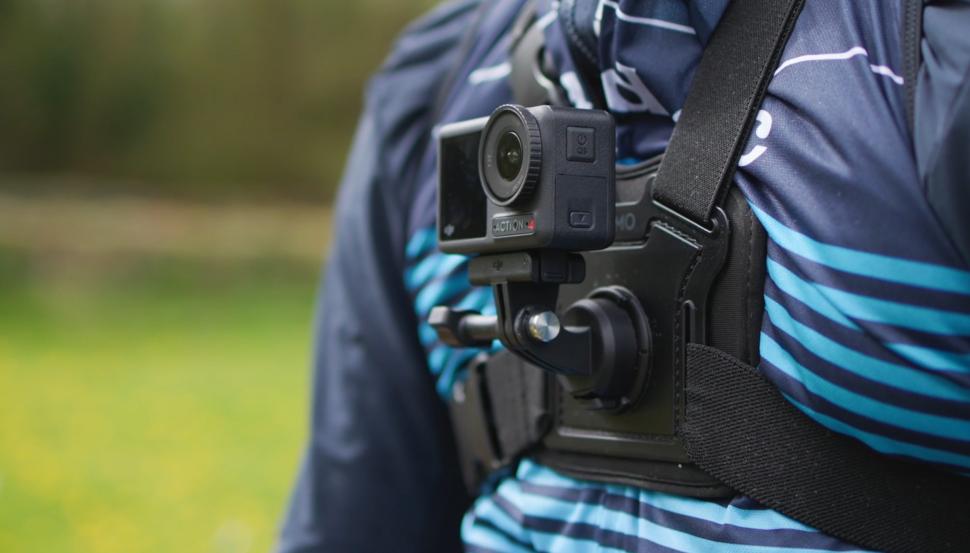
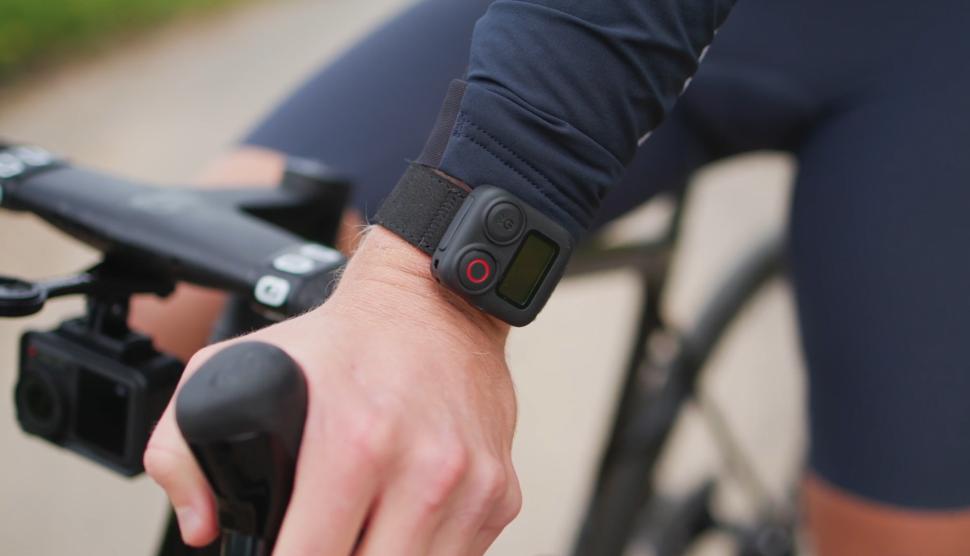
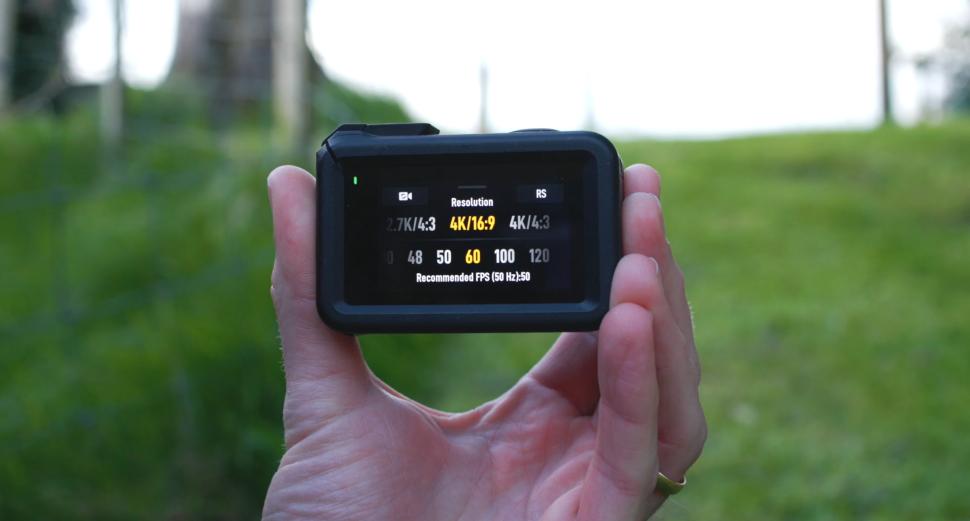
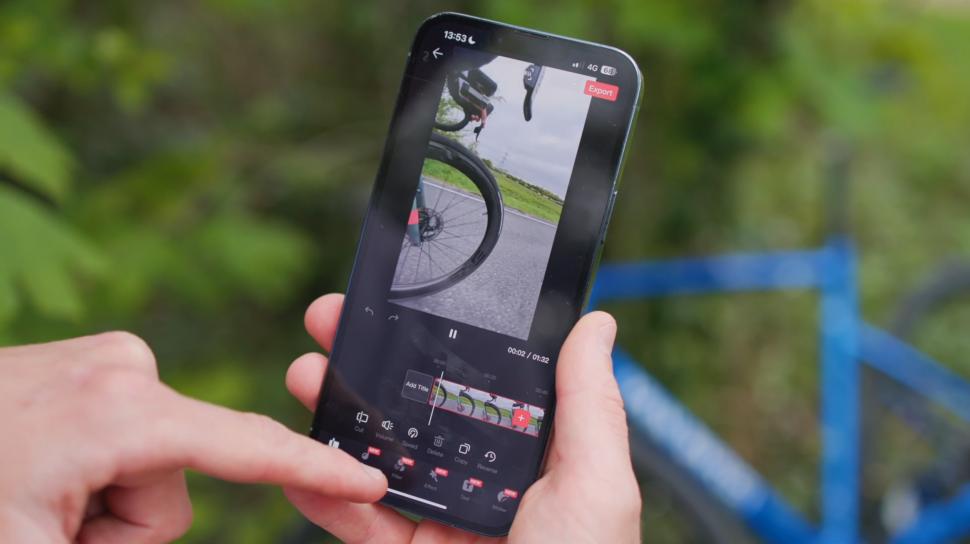

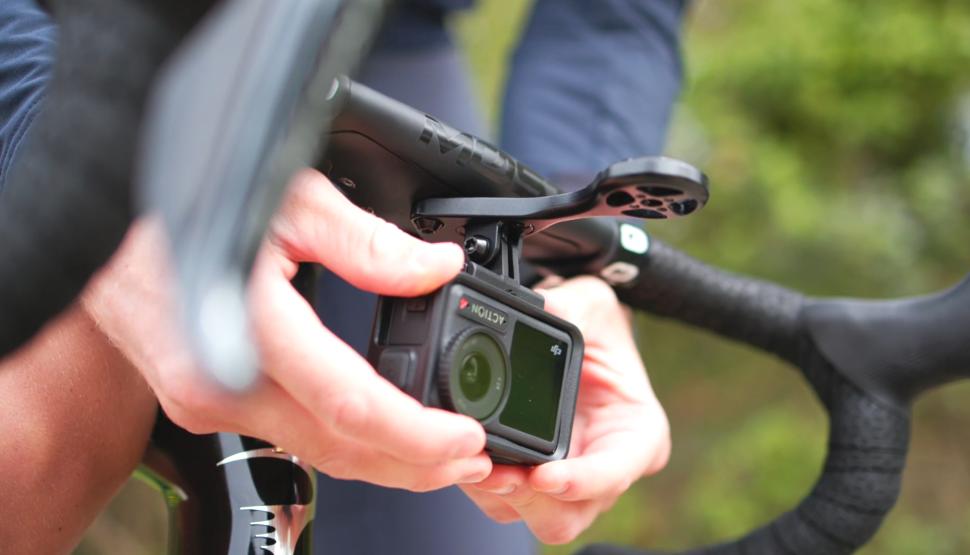
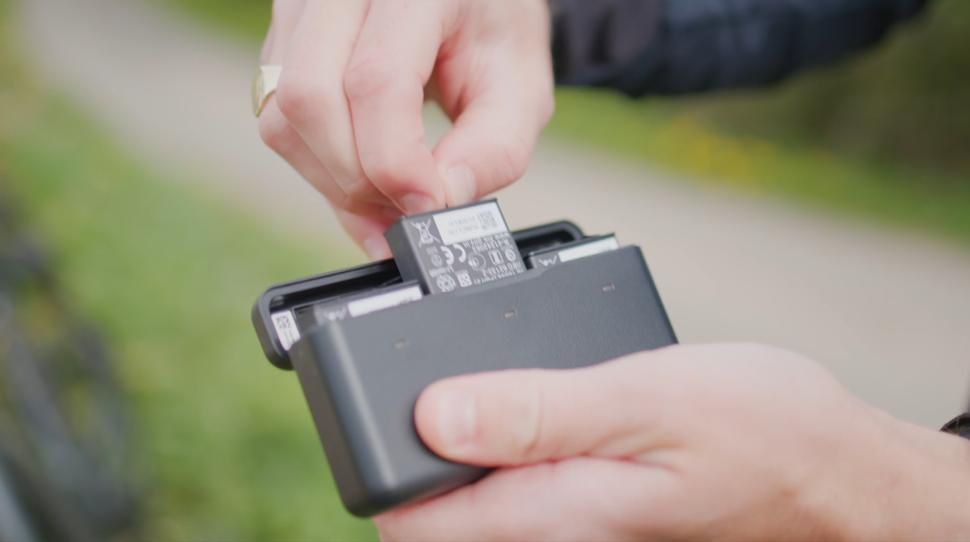
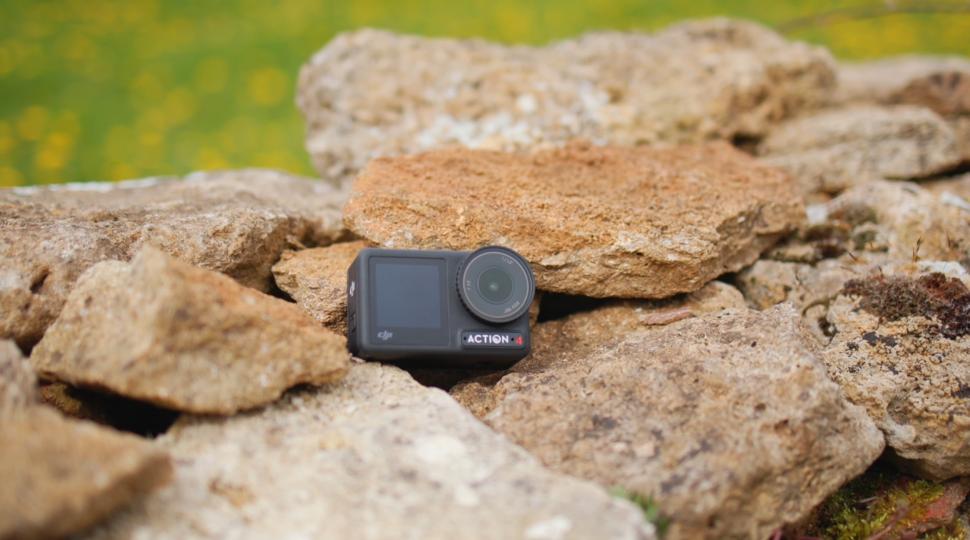
He is not saying anything wrong. Modern cars with huge screens, super soundproofed and bluetooth phones, enhance you to get distracted.
Hyponatremia is a real risk even for an amateur cyclist or runner in hot weather. I've bonked from it before, and I was drinking Gatorade the whole...
Feather isn't primarily citing a lack of demand like many comments here are suggesting, lamenting a changing industry....
You joke, but it is actually possible to spend >£200 per shoe... (e.g. Lake CX403 - £450 per pair; Bont Vaypor S Plus - £445.95 per pair).
Or be consistent and make it read: "A 2023 study from the US also found that SUVs are causing more BICYCLE injuries..." ...
Where everybody uses stones in different ways? 🤔
in the UK we have policing which to a greater or lesser extent relies on assistance from members of the public......
So...don't cycle on it. Lots of other routes around that area. Source: I used to work there.
My photochromic specs have just turned up in the post today
Downhill Alpe d'Huez TT would be _awesome_. And someone should organise one for real!...